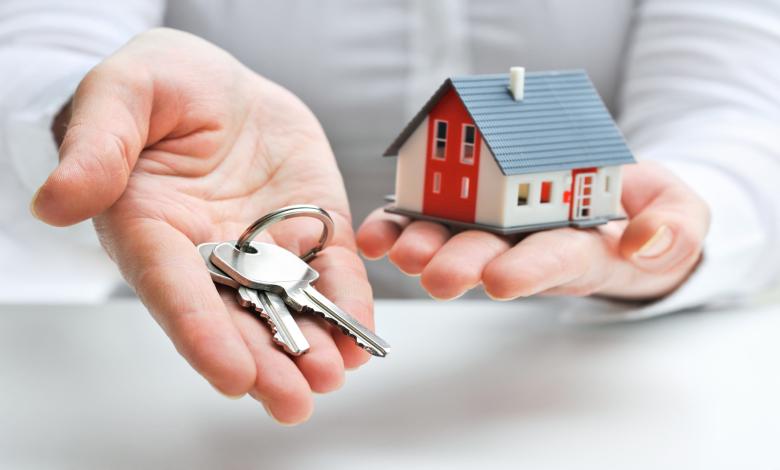
The struggle to keep up with high-interest debts is real and harsh. Whether it is a large outstanding balance on credit cards or a high-interest rate personal loan, accruing interest makes it impossible to dissolve the debt.
However, an option that is becoming popular amongst modern borrowers is the consolidation of debts into a single, low-interest mortgage. On top of this, you can consolidate your debt into a mortgage faster by tapping into your home equity.
You can use the equity in your home to avail a low-interest home equity loan or home equity line of credit (HELOC) to consolidate your debts. You can read more about it here. But, before blindly jumping to conclusions, let us understand the possible risks and advantages involved.
Table of Contents
What Is Debt Consolidation?
As the name suggests, debt consolidation refers to clubbing one or more debts into one low-mortgage loan. It helps the borrower to pay off several high-interest debts easily in one go. As a result, you have to pay a single, low-interest mortgage.
Debt consolidation is a great tool to manage finances. Out of the different options available, tapping into your home equity is the fastest way to secure a mortgage.
How To Consolidate Debt By Tapping Into Your Home Equity?
You can use your home equity in different ways to secure a loan, such as:
- Home equity loan or Second Mortgage
- Home Equity Line Of Credit (HELOC)
- Refinance your home
- Reverse Mortgage
A home equity loan or second mortgage is the most popular option in this category.
Home Equity Loan Or Second Mortgage
A home equity loan, also known as a second mortgage, uses the present equity in your house as collateral to lend you a low-interest loan. Home equity is the difference between your first mortgage (or what you owe on your home) and the current market value of your house.
For instance, if the current value of your house is $150,000, and your mortgage balance is $80,000, you have $70,000 in equity. You can tap this equity to secure a low-interest, lump-sum installment loan. Further, you can use this borrowed capital to pay off high-interest debts such as outstanding credit card debt or other unsecured loans.
Private lenders and public banks look for good equity in your house to lend you the corresponding amount. Generally, a figure not less than 15% is considered suitable for this purpose.
Similarly, they also calculate the Loan-to-value ratio or LTV to ascertain the size of your loan compared to your home’s value.
Home Equity Line Of Credit (HELOC)
A HELOC is another type of loan backed by your home’s equity. It is a line of credit equivalent to 80% of your home’s current value minus all your outstanding debts. In simple words, the operation is similar to a credit card: There is a line of credit offered to you against the home’s equity, and you use this as needs arise.
Unlike a home equity loan, you do not get a lump-sum amount. Instead, you get a flexible option to withdraw as much or as little you desire. On top of this, you only have to pay the interest for the used line of credit. Your limit reduces on use and gets restored on repayment. Hence, it is also called a revolving line of credit.
For instance, If you are approved for a $30,000 HELOC and use $10,000 for home renovations, the interest will be charged only on the used $10,000 line of credit. The remaining $20,000 remains available for borrowing.

Refinance
Homeowners also have the option to refinance the existing, high-interest mortgage. You can consolidate the mortgage and other debts into one loan. The limit remains 80% of your home’s value minus all outstanding (LTV ratio).
However, you may incur some penalties due to the early exit from the contract. It is advisable to calculate the penalty before availing of this option.
Reverse Mortgage
A reverse mortgage is the best viable option for homeowners aged 55 years and above. It allows seniors to borrow up to 55% of the available home’s equity.
Advantages Of Tapping Home Equity To Consolidate High-Interest Debts
Here is why you should consider consolidating your high-interest loans:
Lower interest rates
Whether you want to consolidate debts or borrow money for other purposes, a home equity loan remains the best option in terms of lower interest rates. The average interest rate ranges from 4-6 percent in the case of a home equity loan. In contrast, the rate is much higher in the case of unsecured loans or outstanding credit card debt.
Flexibility
While you need to fulfill some basic criteria (income and debt requirements) to avail of a home equity loan, it remains the easiest option compared to other forms of debt. All credit goes to your home equity that acts as collateral for your loan.
Peace of Mind
The biggest challenge people face while handling different debts is a lack of management. Different rates, payment circles, and lenders make it challenging to track finances. Whereas, when you consolidate your debts into a mortgage, you get a structured payment plan with an assured pay-off date.
On the downside, when you tap your home equity to consolidate your debts, you have to:
- Keep your home as collateral
- Pay additional fees in the form of prepayment penalties, title search, and other miscellaneous charges
Types Of Loans You Can Consolidate Into A Mortgage
You can consolidate the following types of loans into a mortgage:
- Auto loans
- Student loans
- Credit card loans
- Personal lines of credit
Endnote
Debt consolidation remains the most viable option to deal with high-interest debts. In particular, the use of home equity to consolidate the debt is easy, quick, and rate-competitive. However, if you have decided to avail of this option, then compare rates, terms, and lenders before inking any document.
Furthermore, do not forget that consolidating your debt into a mortgage is another debt form. Therefore, a systematic approach and informed decision are vital to tackle high-interest debt along with repaying your home equity loan.







